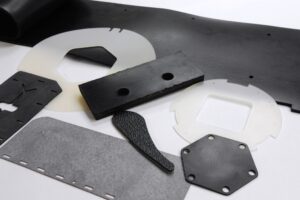Highly Resistant and Versatile: A Solution for Everyday and Specialty Applications This blog post is the third installment of a new CGR Products content series called “Material of the Month.” The series spotlights some of the unique materials that CGR works with, as well as their common applications. Material selection can…
